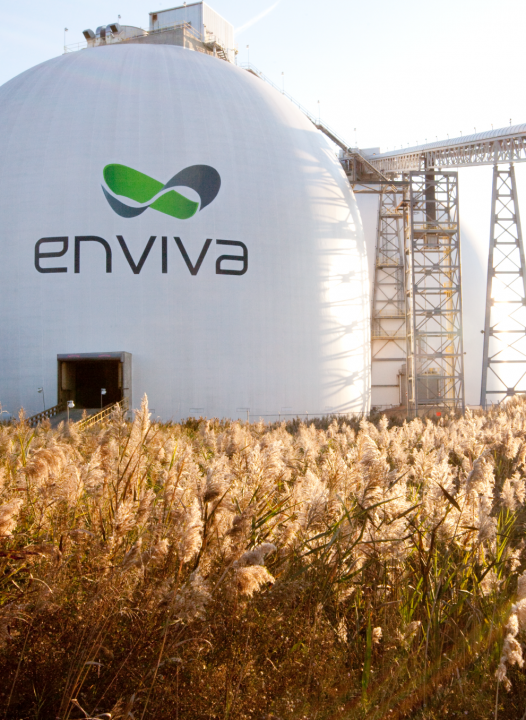Stable and secure supply
An economically competitive solution
Coal-to-biomass conversion projects enable former coal plants to continue operating cost efficiently with their existing supply, generation, and grid infrastructure. Unlike wind and solar energy, biomass is not dependent on grid expansion. Coal plants converted to biomass are 24/7 resources that contribute to security of supply even when the sun does not shine and the wind does not blow. This makes biomass a viable and reliable complement to intermittent renewable energy resources.
In addition, coal assets are a highly valuable source of employment in communities. Biomass conversion preserves jobs both at the power station and along the supply chain.
A renewable alternative to fossil fuels
Switching from coal to sustainable biomass yields a significant reduction in greenhouse gas emissions. According to EU carbon calculation methodology, a coal-to-biomass combined heat and power conversion in Northern Europe with 55-percent energy conversion efficiency using wood pellets imported from the Southeast U.S. would observe carbon emissions of around 85 kilograms of carbon dioxide emissions per megawatt-hour. This accounts for all emissions in the supply chain, including shipping across the Atlantic. Several other peer-reviewed papers confirm this magnitude of carbon savings compared to coal.
Wood biomass demonstrates that energy security and sustainability are not mutually exclusive. Wood biomass is abundant in regions with sustainably managed forests, such as the Southeast U.S., the Baltic region, and Canada.

U.S. forest inventories on the rise
Healthy and thriving forests
There is a positive relationship between rates of forest harvests and forest regrowth: Landowners respond to strong markets for forest products by planting more trees. According to the USDA, from 1953 to 2011, in a time of expanding population and increasing demand for forest products, the total volume of trees grown in the U.S. increased by 50 percent. Today, overall forest inventory in the U.S. South has increased more than 100% since the 1950s. Inventory measurements in our sourcing regions show that this increasing trend in growth continues after our arrival.
In addition, biomass sourcing has positive impacts on forest sustainability by helping to finance key forest management practices, particularly thinning operations. In the Southeast U.S., Enviva works with stakeholders to source from areas that contribute to the restoration of important forest ecosystems, such as longleaf pine savanna. These opportunities extend to other forest types as well.
Enviva is certified by the stringent standards of the foremost forestry organizations, including the Forest Stewardship Council®, Programme for the Endorsement of Forest Certification, and Sustainable Forestry Initiative®, as well as the Sustainable Biomass Program®.
These independent certification programs provide a consistent, verifiable, and transparent framework for evaluating the sustainability of a company’s operations, from forest to product. They assure our stakeholders that our sources of biomass comply with current sustainability standards, including requirements that wood is sourced only from areas of forest that are growing over time.
In addition to our own rigorous internal quarterly supply chain audits, these certifications require annual audits of our procurement and wood sourcing activities. We are also audited annually by independent third parties to ensure compliance with European sustainability requirements.
